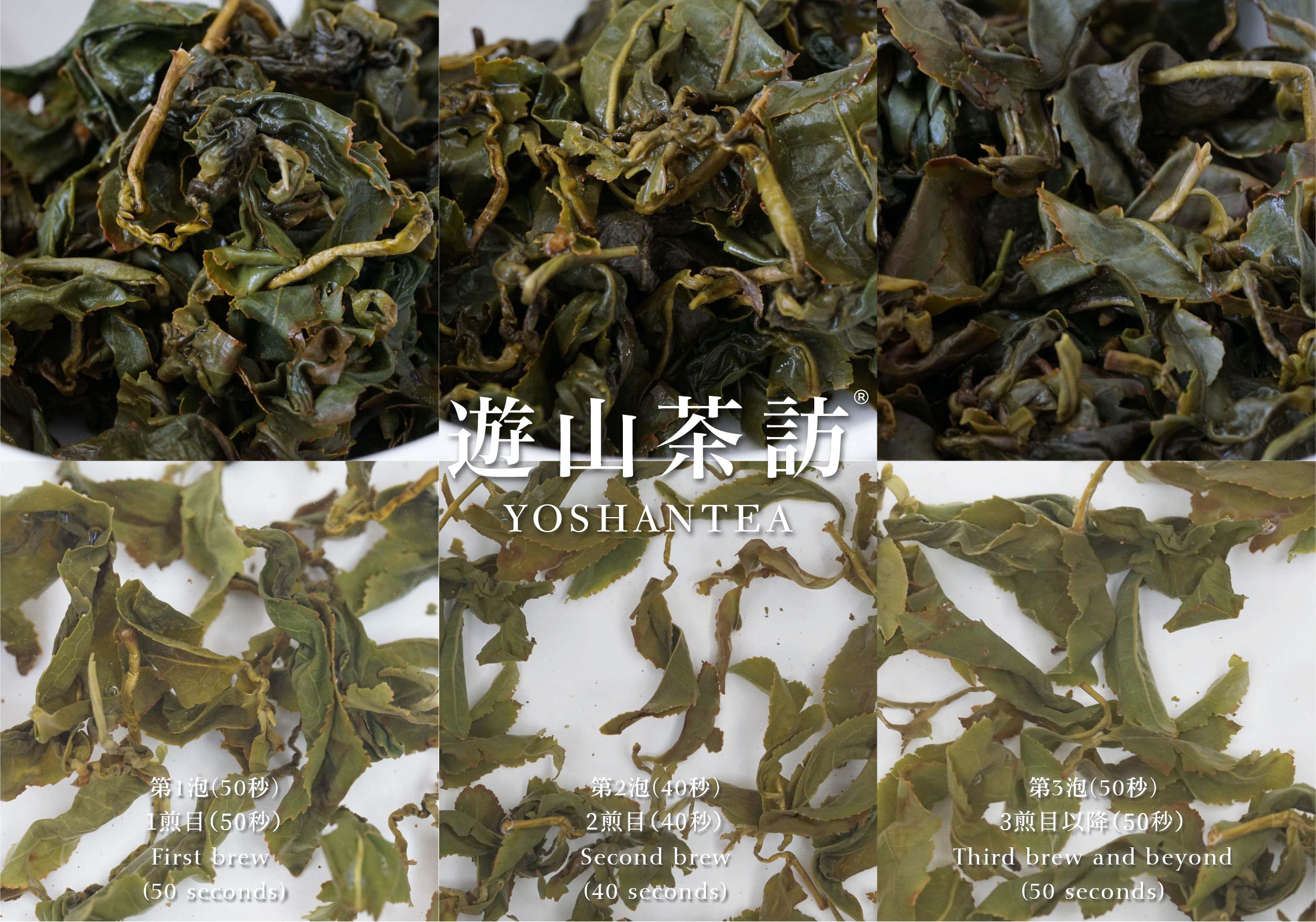Hello everyone, I’m Andy, a tea lover. In previous posts,
I’ve shared several techniques on how to brew tea:
1. Having Trouble Controlling Steeping Time? 4 Simple Steps to Brew a Sweet and Smooth Cup of Tea
https://www.yoshantea.com/m/news.php?id=21013160164c6512a01&lang=en
2. The Mystery of Brewing Taiwanese Tea: Why Steeping Times Change
https://www.yoshantea.com/m/news.php?id=23080464ccbab45f3bd&lang=en
For those of you who have been paying close attention, you might have noticed something interesting:
the second brew of tea is often shorter than the first, and it’s only from the third brew onward that the steeping time starts to gradually increase.
At first glance, this may seem counterintuitive—shouldn’t each steep take longer?
Today, I’ll be sharing the reason behind this essential brewing technique and exploring what makes ball-shaped oolong teas so unique!
What’s the Difference in Flavor Between Ball-Shaped and Strip-Shaped Oolong Teas?
Taiwanese oolong teas are generally categorized by appearance into two types: ball-shaped and strip-shaped.
Ball-shaped oolong teas, such as Dong Ding Oolong, Four Seasons Spring, and Jin Xuan, go through multiple stages of rolling and shaping,
which compresses the leaves into tightly wound semi-spheres.
This not only helps with long-term storage but also concentrates the aroma and flavor within the leaves, which slowly unfurl during brewing.
Strip-shaped oolong teas, like Oriental Beauty and Wenshan Baozhong, retain a more natural leaf shape.
They tend to express lighter, more delicate aromas compared to the bold flavors of ball-shaped teas.
Why Do Ball-Shaped Oolong Teas Taste Stronger?
The rich flavor of ball-shaped oolong teas stems from a unique production step called “tuan-rou” (tight rolling).
This process repeatedly compresses the tea leaves into compact balls, which damages the cell walls and enhances oxidation.
As a result, more compounds are trapped inside the leaves, only to be released layer by layer as the leaves open up during brewing.
This leads to a dramatic, burst-like flavor experience in each infusion.
In contrast, strip-shaped teas undergo less physical manipulation, so the release of flavor compounds is gentler and more subtle.
Why Is the Second Steep Shorter Than the First?
This comes down to how tightly the tea is rolled and how quickly it releases flavor once it starts to unfurl.
In the first brew, the tightly curled tea leaves need more time—say, around 50 seconds—to begin opening up and waking the flavors.
At this stage, the goal is to gently coax the tea into life.But by the second brew, the leaves are already open or actively unfurling.
Flavor compounds begin to release much more quickly.
If you steep it as long as the first brew, the tea might become overly strong or even bitter.
That’s why the second brew is typically shorter—around 30 seconds—to better control the intensity.
From the third brew onward, the amount of extractable compounds gradually decreases.
To balance this, steeping time is extended to maintain flavor consistency across infusions.
In short:
• First brew (longer): Wake up the leaves and release the initial aroma.
• Second brew (shorter): Control the release from already opened leaves.
• Third brew and beyond (longer again): Offset the decreasing strength of the tea.
This is the “timing magic” behind brewing ball-shaped oolong teas.
Once you get the rhythm, you’ll find it much easier to bring out the perfect flavor in every cup.
Next time you brew, take a moment to observe how each infusion changes.
You might discover that the true charm of tea lies in these small, subtle details.
That’s all for today.
See you next time!
#yoshantea #taiwantea #dongdingtea #oolongtea #teafactory #FSSC22000 #safetea #peaceofmindtea #ballshapedoolong #teabrewingtips #howtobrewtea #oolongflavorprofile

